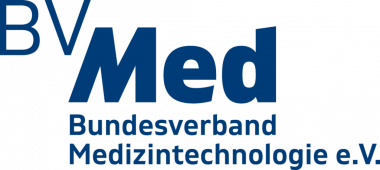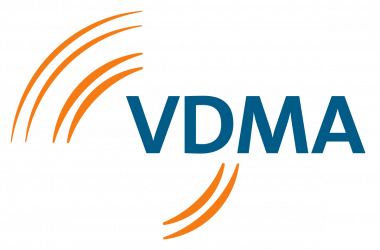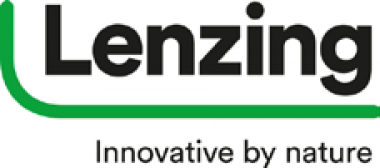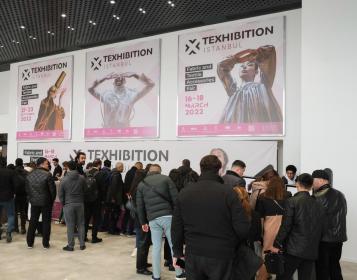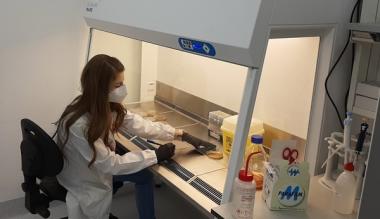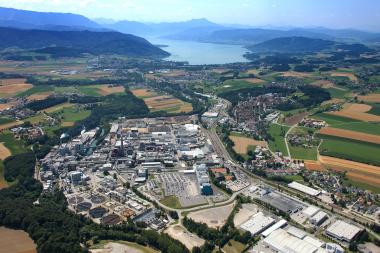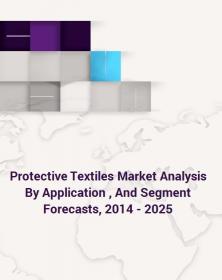BVMed-Positionspapier zur Europawahl
Der Bundesverband Medizintechnologie (BVMed) fordert in seinem Positionspapier zur Europawahl am 9. Juni 2024 einen eigenen Gesundheitsausschuss im Europäischen Parlament, um den gestiegenen Stellenwert der Gesundheitsthemen abzubilden. Unter dem Titel „Medizintechnik-Standort Europa stärken“ ist es für den deutschen Medizintechnik-Verband besonders wichtig, dass Europa Lehren aus der Corona-Pandemie zieht, die Resilienz des Gesundheitssystems stärkt und damit die medizinische Versorgung krisenfest gestaltet. „Wir brauchen als MedTech-Branche vor allem einen einheitlichen regulatorischen Rahmen – ohne zusätzliche oder gar weitergehende Standards in den einzelnen Mitgliedsstaaten“, so BVMed-Geschäftsführer und Vorstandsmitglied Dr. Marc-Pierre Möll.
Um ein widerstandsfähiges Gesundheitssystem zu schaffen, fordert der BVMed attraktive Rahmenbedingungen für lokale Produktion und die Stärkung der Resilienz der Lieferketten. Eine „digitale Bestandsplattform für versorgungskritische Medizinprodukte und Arzneimittel“ könne zudem dazu beitragen, dass kritische Produkte uneingeschränkt zur Verfügung stehen. Sinnvoll sei auch eine „Whitelist für kritische Rohstoffe unter dem Critical Raw Materials Act“. Bei der Erarbeitung von politischen Maßnahmen zur Verbesserung der Effizienz und Integrität von Lieferketten müssen alle relevanten Stakeholder einbezogen werden – „inklusive der Medizintechnikbranche“, heißt es im BVMed-Europapapier.
Beim Thema Nachhaltigkeit spricht sich der MedTech-Verband dafür aus, die Vorgaben des europäischen Green Deals am Wohl der Patient:innen auszurichten. „Neue oder geänderte Regulierungen dürfen niemals die Versorgung von Patient:innen gefährden“, heißt es im Positionspapier. Da Produktänderungen zeit- und ressourcenintensiv sowie in der EU-Medizinprodukte-Verordnung (MDR) streng reguliert seien, benötigen umwelt- und nachhaltigkeitsbezogene Regulierungen, die Auswirkungen auf die Gesundheitsversorgung haben, angemessene Ausnahmeregelungen und Übergangsfristen.
Ein wichtiges Anliegen sind dem BVMed die Verbesserungen der MDR, um einen effizienten regulatorischen Rahmen für Medizinprodukte zu schaffen, der die Patient:innenversorgung gewährleistet. Der BVMed fordert daher unter anderem die Abschaffung der fünfjährigen Re-Zertifizierungs-Pflicht, die Einführung eines Fast-Track-Verfahrens für innovative Produkte, Orphan Devices und Nischenprodukte, die Steigerung der Effizienz, der Transparenz und der Berechenbarkeit des MDR-Systems sowie die Zusammenführung der Verantwortung im System über eine zu schaffende Governance-Struktur. Doppelregulierungen müssten durch die Harmonisierung der Anforderungen in verschiedenen Rechtsakten verhindert werden.
Ein weiterer Schwerpunkt der Positionen des deutschen MedTech-Verbandes ist es, Innovationen voranzutreiben und Digitalisierung zu forcieren. Der Europäische Raum für Gesundheitsdaten (EHDS) lege die Grundlage für den Datenaustausch und die Datennutzung für Unternehmen. Der Artificial Intelligence Act (AI-Act) solle bessere Möglichkeiten für die KI-Entwicklung schaffen, bringe aber auch neue Pflichten für Medizinprodukte mit sich, die effizient mit der bestehenden MDR in Einklang gebracht werden müssten. Der BVMed setzt sich für die Schaffung eines echten Binnenmarkts für digitale Gesundheitslösungen mit europaweiten Zulassungen und einheitlichen Standards für Datensicherheit aus. Der EHDS müsse allen Stakeholdern einen gleichberechtigten mit geringem bürokratischem Aufwand bieten. Außerdem müsste die Interoperabilität von Daten auf der Grundlage von international anerkannten Standards ausgebaut werden – „bei weitgehendem Verzicht auf nationale Besonderheiten bei Datenstandards“.
Schließlich sei es auf europäischer Ebene wichtig, Handel auszubauen, Fachkräfte zu sichern und Exporte zu stärken. Tendenzen der Renationalisierung und des Protektionismus erschwerten Europa die Handelsbeziehungen mit Drittstaaten und sorgen für erhebliche Marktzugangshürden. „Eine offene Handelspolitik ist jedoch für die exportstarke Medizintechnik-Branche ein entscheidender Faktor. Damit die Industrie so stark bleibt, bedarf es zudem der Sicherung des nötigen Fachkräftebedarfes“, heißt es in dem BVMed-Papier.
Bundesverband Medizintechnologie e.V.


